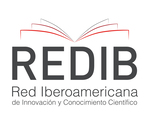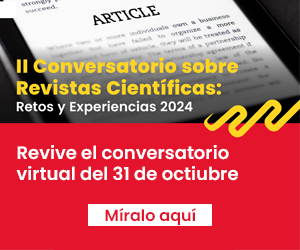Perception of the local population regarding stray dogs in the Historic Center in the City of Cusco, Peru
DOI:
https://doi.org/10.20453/stv.v11i2.5138Keywords:
Cusco, tourism, stray dogs, sterilization, zoonosisAbstract
The study's objective was to determine the perception of the residents and merchants of the Historic Center of the City of Cusco about the presence of stray dogs in the city. The study corresponded to cross-sectional descriptive observational research. The data collection instrument considered the respondent's demographic information, the perception of stray dogs as a problem, and the respondents' opinion about workable solutions and those responsible for applying them. The information obtained was transferred to an Excel database and analyzed using descriptive and inferential statistics. A total of 400 people were surveyed (200 residents and 200 shopkeepers). Sixty-six percent of the residents and 64% of the shopkeepers indicated that stray dogs were a problem. 58.5% of the residents and 38% of the shopkeepers felt that most of these dogs had an owner. In addition, 53.5% of the merchants reported having received complaints from their customers due to the presence of these dogs. For those surveyed, the main problems caused by the presence of stray dogs in the city were the following: they litter the streets (51.5%), affect tourism (40.8%), and produce noise pollution (40.5%). According to those surveyed, the municipalities (50.3%) and the Ministry of Health (19.8%) should be responsible for this problem. The solutions proposed for this problem were the sterilization of females and castration of males (41 %), euthanasia (15.8 %), and pet identification (13.8 %). It is hoped that the results will be helpful in the implementation of a comprehensive program for responsible pet ownership at the study site.
Downloads
Downloads
Published
How to Cite
Issue
Section
License
All articles published in Salud y Tecnología Veterinaria are under a Creative Commons Reconocimiento 4.0 International license.
The authors retain the copyright and grant the journal the right of first publication, with the work registered with the Creative Commons License, which allows third parties to use what is published whenever they mention the authorship of the work, and to the first publication in this magazine.
Authors can make other independent and additional contractual agreements for the non-exclusive distribution of the version published in this journal, provided they clearly indicate that the work was published in this journal.
The authors can file in the repository of their institution:
The research work or thesis of degree from which the published article derives.
The pre-print version: the version prior to peer review.
The Post-print version: final version after peer review.
The definitive version or final version created by the publisher for publication.












